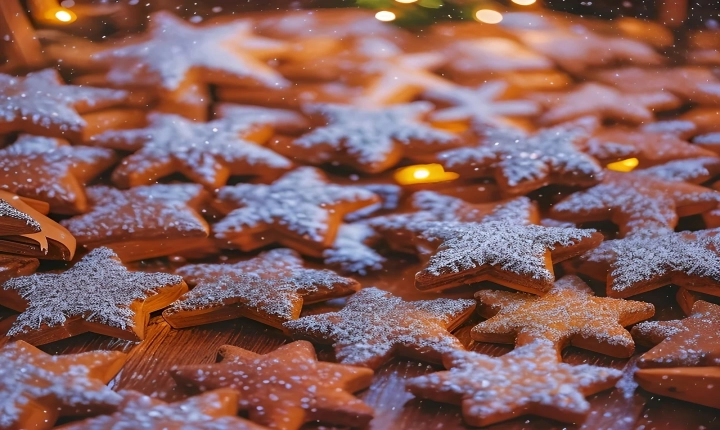Title: A Step-by-Step Guide to Creating AI Images
In recent years, artificial intelligence (AI) has made significant strides in the field of image generation. Whether it’s producing original artwork, enhancing photos, or creating realistic scenes, AI has the potential to revolutionize the way we approach visual content. If you’re interested in creating AI images, here’s a step-by-step guide to get you started:
1. Choose the Right Tool or Platform: There are several tools and platforms available that make it easy to create AI images. Some popular choices include DeepArt, Deep Dream Generator, and RunwayML. Each of these tools has its own unique features and capabilities, so make sure to select one that aligns with your specific needs and goals.
2. Understand the Basics of AI Image Generation: Before diving into the creation process, it’s important to have a basic understanding of how AI image generation works. AI image generation is typically based on neural networks, a type of machine learning algorithm that can analyze and learn from large datasets of images. These networks can then generate new images based on the patterns and features they have learned.
3. Gather Training Data: If you’re interested in creating AI images that have a specific style or theme, gathering relevant training data is essential. This might involve collecting a large number of images that reflect the aesthetic you’re aiming for, whether it’s nature scenes, abstract art, or something else entirely. The quality and diversity of training data will directly impact the quality of the AI-generated images.
4. Train Your Model: Once you have gathered your training data, it’s time to train your AI model. This process involves feeding the training data into a neural network and adjusting its parameters to optimize for the desired output. Depending on the complexity of the model and the amount of data, training can take anywhere from a few hours to several days.
5. Fine-Tune the Output: After training your model, it’s important to fine-tune the output to achieve the desired results. This might involve tweaking the parameters of the model, adjusting the training data, or using advanced techniques such as transfer learning to improve the quality of the images generated.
6. Experiment and Iterate: Creating AI images is a creative process, and it often involves a fair amount of experimentation and iteration. Don’t be afraid to try different approaches, test various parameters, and explore new techniques to achieve the best results. The more you experiment, the better you’ll understand the capabilities and limitations of AI image generation.
7. Refine and Share Your Creations: Once you’ve created AI images that you’re satisfied with, take the time to refine and enhance them further if needed. You might want to use traditional photo editing tools to make small adjustments or combine multiple AI-generated images to create a composite piece. Finally, consider sharing your creations with the AI community to gather feedback and insights.
In conclusion, creating AI images can be an exciting and rewarding endeavor, and it’s a field that is continually evolving. By following these steps and staying curious and open-minded, you can unlock the full potential of AI image generation and produce stunning visual content that pushes the boundaries of creativity.
